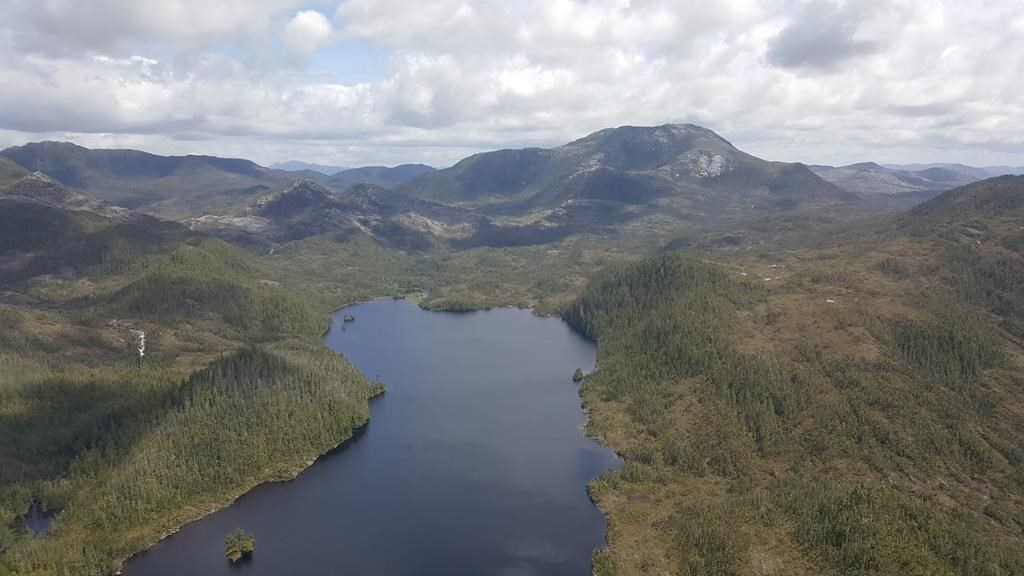Premier Christy Clark to visit town near Mount Polley
Premier Christy Clark will make her first visit to Likely, BC, today, the town effected by the Mount Polley tailings pond breach.
The premier is set to speak to the media in the afternoon.
The town is under a water ban. Tests on the water are expected to be released today.
Clark has been criticized for not visiting the site sooner. The mines minister Bill Bennett has been on site addressing media and the public.
The visit could be politically tricky for a premier who has been championing the resource sector writes Michael Smyth in the Province:
But know this: Christy Clark would be marching down the streets of Likely beating a bass drum right now if it was in her political interest.
Remember the 2011 Stanley Cup riot? The day after the turmoil, Clark toured the downtown wreckage and vowed to bring the evil-doers to justice.
She didn’t mind being a distraction back then. Why? Because Vancouver Mayor Gregor Robertson was the one catching heat for being unprepared for an entirely predictable riot.
The bottom line: If you can score political points, milk it to the max. If there’s a political risk, keep your head down.
It has been three days since the tailings dam broke.
Image by kris krüg
{{ commodity.name }}
{{ post.title }}
{{ post.date }}




Comments
Marco A. Murillo
There are very few situations in mining that do not deserve a bit of investment in R+D and this is one of them. Our educational and industry organizations, both provincial and federal could put one dollar in R+D for every dollar spent by Imperial Metals to reclaim the environment. Both forces of investment towards a good solution to the accident, one that lasts for generations ahead.
One line of research that deserves development, (because I know from personal experience at a BC’s mine processing plant), is the fact that mine tailings aren’t used as a bulk material for other applications requiring a fine, well-sorted, silica-rich (or calcium rich) earth material. You are now thinking, “but aren’t tailings toxic…?” Yes they are but why and how much can be done to neutralize their toxicity? That needs to be researched.
Once dehydrated, tailings are fine, loose, solid particles of crushed rock very similar to the sediments present around the mine. Some of the industrial applications of “neutralized tailings” are in the manufacture of ceramics, certain types of bricks, in road construction, making construction finishing materials like stucco, or for making glass products.
The challenge “neutralizing tailings” is to solve the problem of the polluting chemistry of the mix, which has been introduced through the concentrating additives or to extract the recovered minerals from them. The contaminating agents should be removed, neutralized or immobilized depending on their nature, then we could be talking of “neutralized tailings” useful for certain applications in various industries!
Most tailings contain a similar composition of the ore’s characteristic elements, most of it silica and alumina, plus the other oxides depending on the target minerals. Can the mining industry make the tailings environmentally friendly and use them as a raw material for other applications? I think the answer is yes and that Christy Clark has a chance to prove it!
Marco Antonio Murillo
Applied Earth & Ocean Sciences
(ex-Infomine employee)